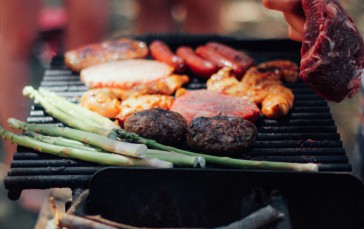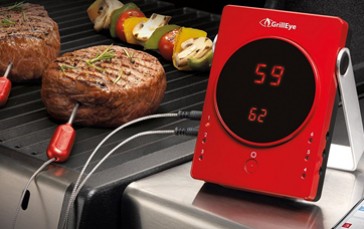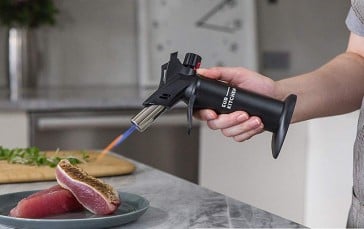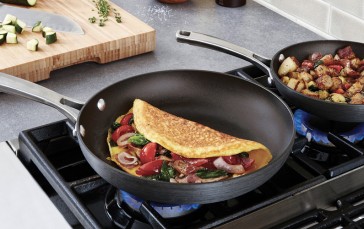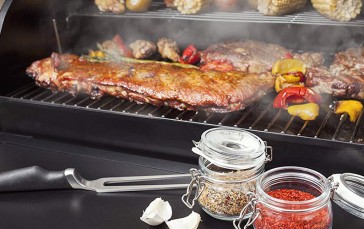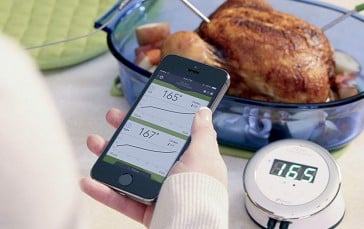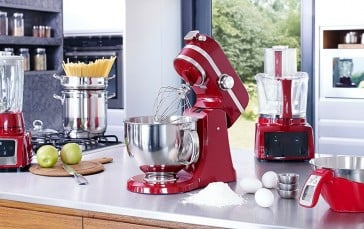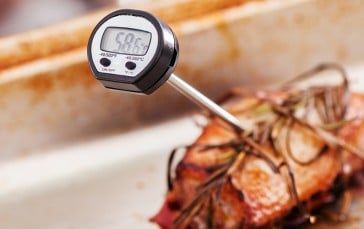Tips To Cooking Over Coals
Is there anything more delicious than freshly prepared tender cuts of meat and grilled fish and vegetables loving barbecued over sizzling coals? All that glorious flavor. As long as you know what you are doing of course because there is a very distinct difference between a sausage that has been incinerated and is infused with accelerating fluid versus a succulent rack of baby back ribs that have been seasoned and flamed to perfection. Luckily we’re here today to share with you our expert guide to cooking over coals.
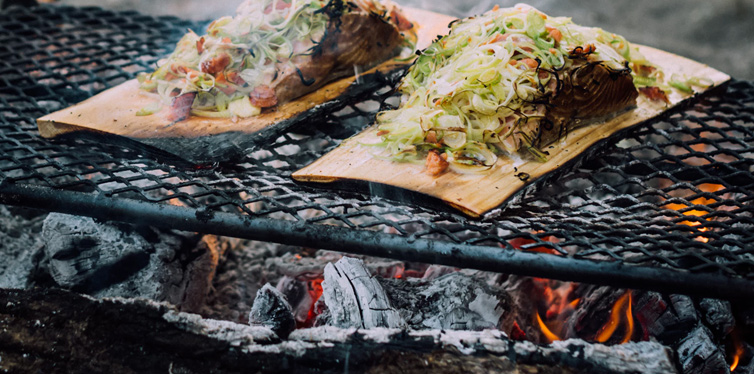
Get Yourself Prepped
It’s not just about throwing another prawn on the “Barbie,” you need to make sure that your grill is precisely the right temperature, hot, but not too hot before any meat hits that grill. If you can’t stand the heat, then your coals are too hot, so get your barbeque lit nice and early so that the Flames have time to cool down to the right temperate before you start cooking. Your charcoal needs to be coated in white ash and only then is it at the optimum temperature to begin.
Season Your Meat Before You Start
There’s no need to do this hours’ in advance, just get your meat and other BBQ fares ready and as soon as your coals are white, get everything seasoned and onto your clean grill. If you are cooking at the right temperature, there should be no need to oil your meat either as it shouldn’t stick. If you’ve had to opt for cheaper cuts of meat that are more sinewy, then you’re going to want to cook on an even lower temperature and flame to ensure that your meat is moist and evenly cooked throughout. Cheaper cuts of meat need more indirect cooking time over your coals to be perfectly succulent and bursting with tender flavor.
Tempering Your Meat
As well as seasoning, you also need to temper your meat first to get that expert flavor of the professionals. All that really means is taking it out of the fridge and bringing it up to room temperature before it goes over your coals. You want to try and get a good, nice char on the exterior of your meats but not for them to be burnt so the thinner your cuts, the less you need to season, and the less time they also need to be pre-tempered too.
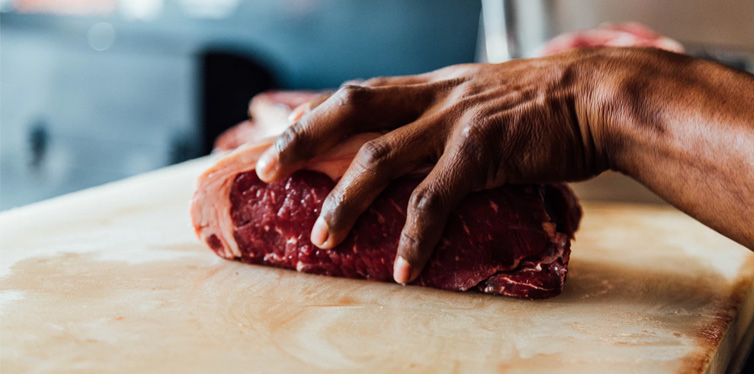
Some Top Cooking Tips
Your barbeque coals are at the correct temperature, your meat and vegetables all seasoned and ready to go so get them all onto your grill and just leave them in place for a minute or two before you start to turn. That way you should give your grill time to start forming some of that lovely caramelization you are looking to achieve. As fat oozes out of your cuts of meat, more flames might develop so you need to move your food around on the grill to avoid any yellow flames that might burn your meat or make it taste too smoky. Don’t be tempted to overcrowd your grill either. Make sure that there is plenty of space so that the oxygen can continue to circulate and reach your charcoals. This is how you can achieve that more thorough and evenly cooked result. Nobody wants to bite into what looks like the perfect chick drum to find the middle is still raw so its essential to regular your temperature by leaving room for air to evenly through, over and around your food and back to your coals.
Controlling Your Coals And Temperature
This can be a tricky one to master, depending upon what kind of grill you have and how sophisticated its features. In the end, it could come down to trial and error. How long your food takes to cook will depend upon its thickness, the cut itself, the animal it’s come from and what temperature you’ve regulated at. Controlling the temperature can definitely be learned with practice, and you will soon begin to understand how to managed hot and cool spots to create the optimum environment.
For larger and tougher cuts, you might even want to try pushing your coals aside and covering with a lid to create some indirect heat. Its’ another of those techniques that you will soon master the more you do it. Many experts like to use two-zone cooking – so with both direct and indirect heat as it allows you to be more hands one with moderating how your meat cooks. It’s not actually rocket science, you can just simply move food into an indirect heat area to cool it down and that way you are operating effectively with two cooking zones. Ideally, your indirect zone is going to have a temperature of around 105-130 degrees whereas your active and direct hear zone will be 170-190 degrees. With practice and experience, you should be able to use your grill just like you would your regular oven.
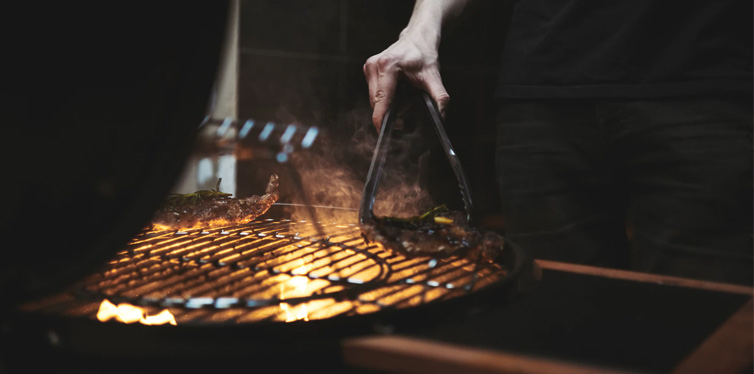
The Importance Of Resting
The final tip in our expert guide to cooking with coals is always to let your meat and other grill items rest before serving. It’s a crucial stage that really shouldn’t be neglected if you want to serve your guests the juiciest and most flavorsome home-cooked fare. All you need to do is remove the meat, place it to one side and let it rest for between fifteen and twenty minutes. It will actually still continue to cook from the inside out and that in turn helps to relax further and tenderize the meat so that it is even juicier when you do come to serve it up. The only issue you might have here is hungry guests, eager to get stuck into your perfectly prepared steaks who just can’t resist waiting! Who can blame them though, now that you are on your way to becoming an expert at cooking with coals, they’re going to be angling for more regular invites so be prepared to suddenly become very popular with your friends and family with these top tips under your barbecue belt!


